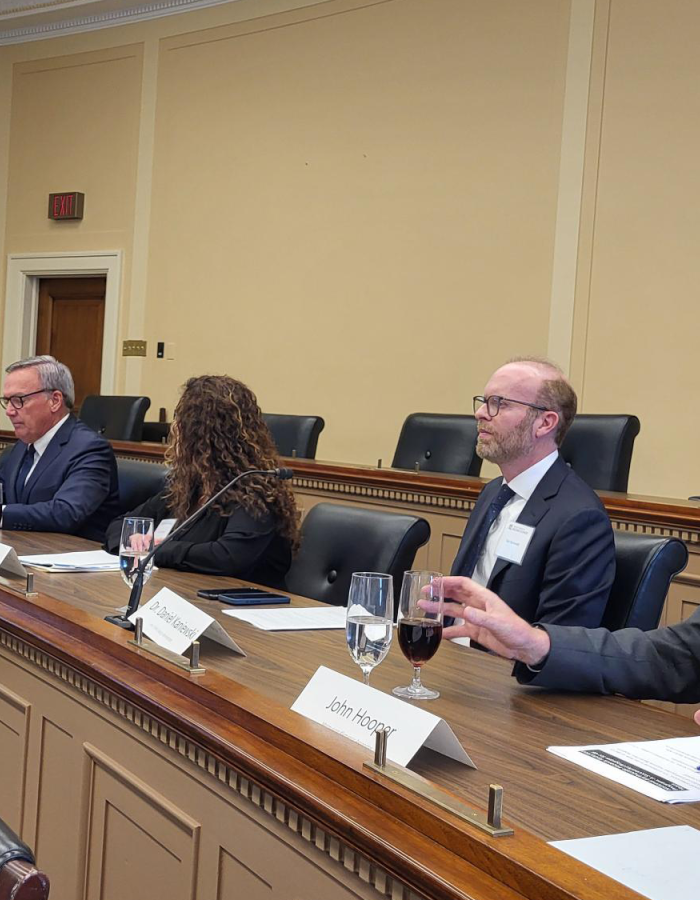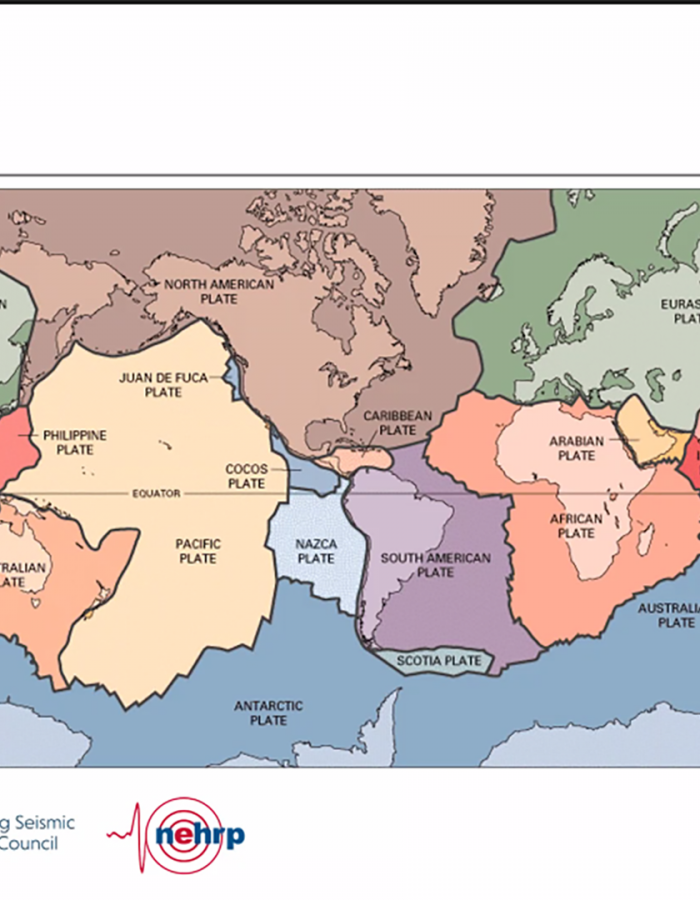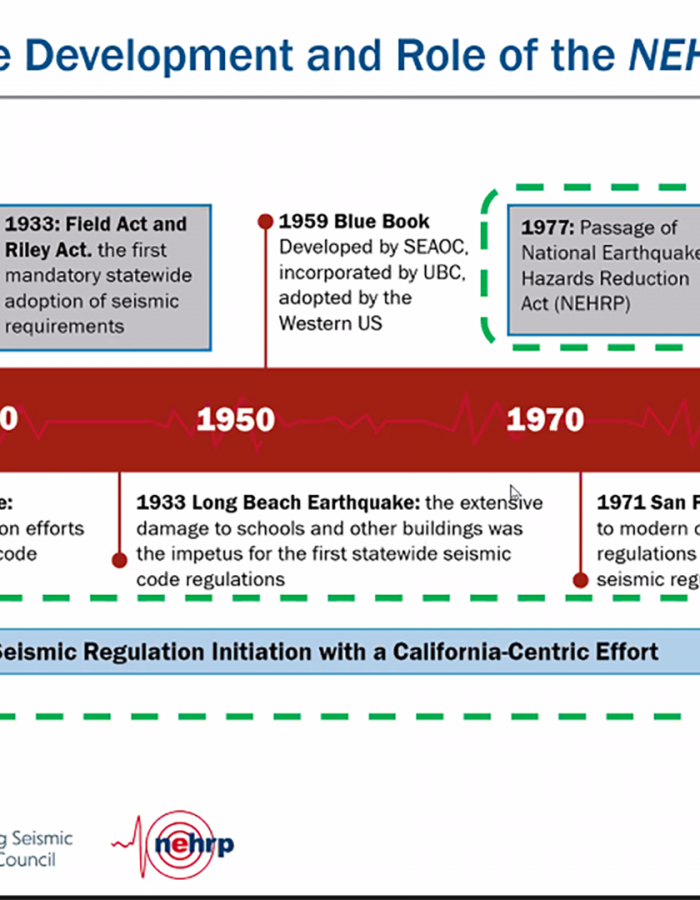



By Sara Barrett, Building Seismic Safety Council
The Building Seismic Safety Council’s Functional Recovery Planning Committee has published a report detailing the recommended scope, organization, and deliverables for developing functional recovery code provisions within the 2026 National Earthquake Hazards Reduction Program (NEHRP) Recommended Seismic Provisions for New Buildings and Other Structures.
Following the January 2021 FEMA P-2090 / NIST SP-1254 Recommended Options for Improving the Built Environment for Post-Earthquake Reoccupancy and Functional Recovery Time (FEMA-NIST report) publication, as well as other notable efforts within the earthquake community, FEMA requested that BSSC’s formation of the PUC include a commitment to establish a specific Functional Recovery Task Committee in addition to other Issue Teams in order to advance the concepts of increased community resilience and improved post-earthquake functional recovery time within model building codes and structu
Pages:
File Size:
Pages:
File Size:

Designing a structure to resist earthquakes requires several considerations. The loading is more severe, the permissible response will usually include damage to the structure, as well as the systems and components supported by the structure, and the levels of uncertainty in loading and response are greater than for ordinary loads.

By Charles Carter, BSSC Board Chair and President of AISC and Jiqiu (JQ) Yuan, Executive Director of Multi-Hazard Mitigation and Building Seismic Safety Councils, NIBS

The 2020 National Earthquake Hazards Reduction Program (NEHRP) Recommended Seismic Provisions: Design Examples, Training Materials, and Design Flow Chart (FEMA P-2192) have been developed by the NIBS Building Seismic Safety Council for the Federal Emergency Management Agency (FEMA) to illustrate and explain some of the new changes in the 2020 NEHRP Provisions, ASCE/SEI 7-22, and the material design standards referenced.
Pages:
File Size:
Pages:
File Size: